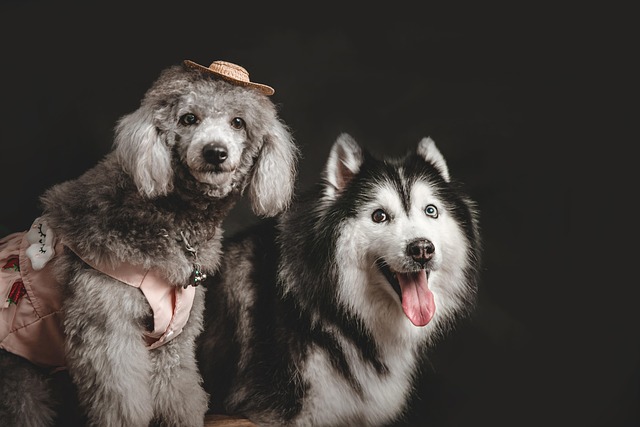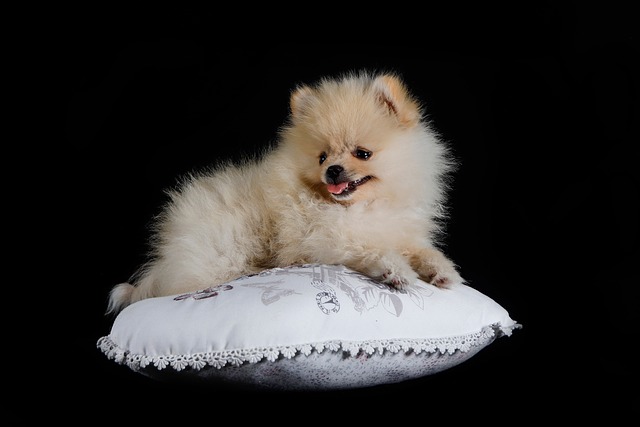
What is the best type of training for a dog?
There’s no one-size-fits-all answer to what makes the best dog training, but most experts agree that methods built on positive reinforcement tend to yield the most lasting results.
You know that moment when your German Shepherd looks at you with those intelligent eyes, almost challenging you to figure out the best way to guide them? I've been there countless times over my years as a dog trainer, and let me tell you, disciplining this breed isn't about harsh corrections—it's about building a partnership. German Shepherds are incredibly smart and loyal, with a natural drive to protect and please, but their strong-willed nature means traditional scolding often backfires. Actually, that's why so many American owners feel frustrated; they try old-school methods only to see their dog become anxious or stubborn. Instead, positive reinforcement transforms discipline into a joyful journey, strengthening your bond while fitting seamlessly into busy lives. So, how do we make this work for our furry friends? Let's dive in.
Understanding what makes German Shepherds tick is crucial to effective training. These dogs aren't just intelligent—they're thinkers, bred for tasks like herding and police work, which gives them an innate need for mental stimulation. Without it, they might channel that energy into unwanted behaviors like excessive barking or chewing on your favorite shoes. Their temperament combines loyalty with a protective streak, meaning they respond best to calm, consistent leadership. Punish them unfairly, and you risk eroding trust, turning a devoted companion into a wary one. In my experience, recognizing these traits early helps tailor your approach; for instance, a young puppy learns fast but needs gentle guidance to avoid fear-based reactions. That said, their eagerness to please makes them ideal candidates for positive methods, where rewards build confidence instead of confusion.
Now, why do traditional discipline approaches often fall short with German Shepherds? Think about it: yelling, shock collars, or physical corrections might seem like quick fixes, but they ignore the breed's sensitivity. Studies show that punishment-based training can increase aggression or anxiety in dogs, leading to long-term issues like avoidance or even destructive habits. For American households, where dogs are family members, this isn't just ineffective—it's emotionally damaging. I've seen cases where owners resorted to harsh tactics only to end up with a withdrawn pet, struggling to connect during everyday routines. The truth is, German Shepherds thrive on respect; treat them with empathy, and they'll mirror it back. Positive reinforcement, by contrast, avoids these pitfalls, fostering a relationship where discipline feels like teamwork, not confrontation.
So, what exactly is positive reinforcement training, and why is it so powerful for this breed? Simply put, it's about rewarding desired behaviors to encourage their repetition, using tools like treats, praise, or play instead of punishment. This method aligns perfectly with German Shepherds' intelligence and drive, as it engages their problem-solving skills while building mutual trust. Benefits include faster learning, reduced stress, and a happier dog overall—key for busy American families juggling work and life. Actually, in my work, I've found that positive reinforcement creates lasting habits; for example, rewarding a calm sit during door greetings teaches self-control without a single reprimand. It's not about permissiveness; it's strategic reinforcement that makes training feel like a game, turning discipline into a positive experience for both of you.
When it comes to effective techniques, consistency and timing are everything. Start with simple commands like "sit" or "stay," using high-value treats or enthusiastic praise the instant your dog complies—this reinforces the behavior immediately. For German Shepherds, who are quick learners, vary rewards to keep things exciting; maybe a favorite toy one day and verbal affection the next. Consistency means everyone in the household uses the same cues and rewards, avoiding mixed signals that confuse your pup. Timing is critical too; reward within seconds of good behavior to make the connection clear. I recall one client whose shepherd mastered loose-leash walking by getting a treat every few steps initially, then gradually phasing to intermittent praise. Incorporate short, daily sessions of 10-15 minutes to maintain focus without overwhelming them. And remember, positive reinforcement for German Shepherds isn't just about obedience—it's about nurturing their confidence, turning potential challenges like jumping or barking into opportunities for growth.
Creating a sustainable routine for American lifestyles means making training empathetic and adaptable. Most of us are short on time, so weave sessions into daily activities—like practicing "wait" during meal prep or reinforcing calmness on neighborhood walks. Aim for consistency without rigidity; if you miss a day, don't stress—just resume with patience. For busy owners, morning or evening routines work well, aligning with natural energy peaks. Tools like puzzle feeders can turn mealtime into mental exercise, reducing boredom-induced mischief. That said, empathy is key; observe your dog's mood and adjust. If they're tired, shorten the session. Building this habit fosters a harmonious home, where discipline feels less like a chore and more like bonding. Actually, many American families find that a structured yet flexible approach prevents burnout, keeping both dog and owner engaged long-term.
Of course, challenges will pop up—stubbornness or distractions are common with this breed—but positive reinforcement offers simple solutions. If your shepherd ignores commands, increase the reward value or practice in quieter settings first. For distraction issues, start indoors and gradually add stimuli, rewarding focus each step. Stubborn phases often stem from confusion or lack of motivation, so revisit basics with enthusiasm. I've helped owners overcome this by making training fun, like turning recall into a game of chase with treats. Persistent problems might signal deeper needs, such as more exercise or mental stimulation; addressing those holistically reinforces good behavior. Remember, setbacks are normal—stay patient and consistent, celebrating small wins. If you're stuck, consider professional guidance; it's a sign of strength, not failure.
For further learning, dive into resources that specialize in positive methods. Books like "The Power of Positive Dog Training" by Pat Miller offer step-by-step guides, while websites such as the American Kennel Club (AKC.org) provide free articles on training techniques for German Shepherds. Local trainers certified in positive reinforcement can personalize advice for your situation—search for ones with German Shepherd experience. Online courses, like those from the Karen Pryor Academy, are great for busy schedules. Ultimately, disciplining your German Shepherd through positive reinforcement isn't just effective; it's a journey of mutual respect that enriches your life together. Stick with it, and you'll see that intelligent gaze turn from challenge to trust.

There’s no one-size-fits-all answer to what makes the best dog training, but most experts agree that methods built on positive reinforcement tend to yield the most lasting results.

Welcoming an 8-week-old puppy into your home is a joy filled with wiggly tails and endless curiosity. One of the first steps in building a strong bond is teaching them their name.

If you’ve ever sat up at night, listening to your gray-muzzled dog pace back and forth, stopping to whine or stare at a wall, you know the worry that comes with a restless senior pup.

Training a service dog starts long before they’re ready to assist with specific tasks—their journey begins with building a foundation of trust, focus, and adaptability, and the timing of this training matters more than you might think.

Watching a tiny puppy fumble through their first attempts to sit can feel like watching a little acrobat mastering a new trick.

If you’ve ever found your flower bed dug up or your favorite shrub chewed to bits, you’ve probably searched for easy ways to keep neighborhood dogs (or even your own) out of your yard.